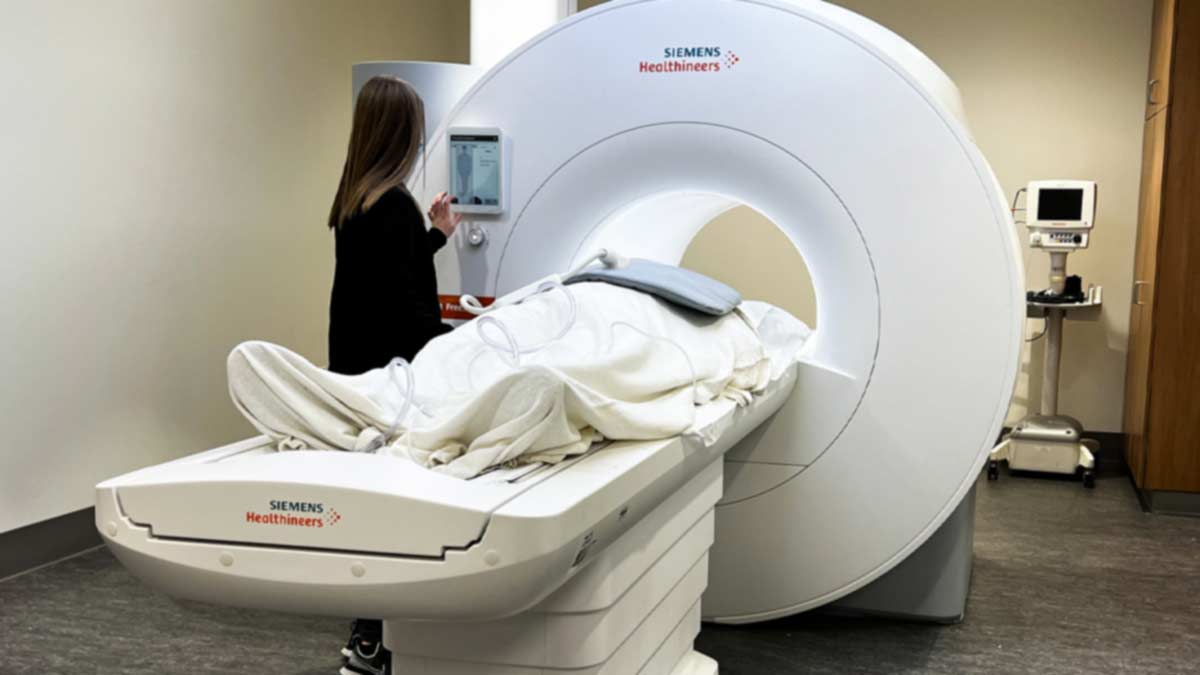College of Medicine evidence report leads to updated U.S. Preventative Services Task Force diabetes and prediabetes screening recommendations
Type 2 diabetes is a disease caused by cells in muscle, fat and the liver becoming resistant to insulin when exposed to a surplus of the hormone for an extended period. This, coupled with the fact that the pancreas of a patient with diabetes is unable to produce enough insulin for a high blood sugar level, can cause many adverse health effects, such as foot ulcers, blindness and fatigue.
In 2015, the U.S. Preventative Services Task Force (USPSTF) recommended screening for diabetes among adults ages 40 to 70 who are considered overweight or obese according to their body mass index (BMI). Unfortunately, type 2 diabetes has long been on the rise in America and in 2018, it was found that an alarming 13% of all U.S. adults had received a diabetes diagnosis with the disease. There was also a significant rise in the number of U.S. adults with prediabetes (e.g., fasting plasma glucose levels above normal but not high enough to meet criteria for diabetes).
Daniel E. Jonas, MD, MPH, professor of Internal Medicine at The Ohio State University College of Medicine and director of the division of general internal medicine, and his colleges recently conducted a critical appraisal and synthesis of 89 publications with 68,882 total participants. The study focused on the benefits and harms of screening and treatments for people with diabetes and prediabetes.
“Every five years or so the USPSTF reevaluates its recommendations to ensure that all of the relevant information is captured,” says Dr. Jonas. “For this topic, there was a lot of new evidence from studies of people with prediabetes that evaluated interventions to prevent the progression to diabetes.”
This review article, commissioned by the USPSTF and funded by the Agency for Healthcare Research and Quality (AHRQ), considered several different factors when evaluating studies and generated corresponding key questions that were used to determine the effectiveness of different screening and treatment approaches. The team took factors such as age, sex, race, socioeconomic status and BMI into account to further analyze the results of the included studies.
While some important research gaps were identified, most notably for younger people (those under the age of 35), several significant conclusions were drawn from the review regarding the importance of screening and lifestyle interventions for prediabetic patients. Key among these was the finding that both diabetic and prediabetic patients can benefit from intensive lifestyle changes.
“The best evidence is for an intervention [that prevents progression from prediabetes to diabetes] combines lifestyle changes regarding healthy eating and exercise to achieve and maintain at least a 7% body weight reduction,” says Dr. Jonas. “That requires a significant time commitment, including at least 150 minutes per week of moderate-intensity physical activity.”
These lifestyle changes do significantly increase a patient’s quality of life in both the short and long term by reducing blood pressure and blood sugar levels and risk of adverse health outcomes.
“The USPSTF recommendations are the posterchild for clinically robust evidence-based recommendations,” says Dr. Jonas.
He is excited that this work has already had such an impact on public health. The evidence on benefits from early detection, coupled with the lack of evidence that screening is harmful, has influenced the USPSTF to widen its range of screening ages for people considered overweight or obese. While the previous (2015) recommendation was to screen adults from ages 40 to 70, the USPSTF has expanded the age range and now recommends screening adults aged 35 to 70 and offering or referring patients with prediabetes to effective preventive interventions.
Citations:
Jonas DE, Crotty K, Yun JDY, et al. Screening for Prediabetes and Type 2 Diabetes: Updated Evidence Report and Systematic Review for the US Preventive Services Task Force. JAMA. 2021;326(8):744–760. doi:10.1001/jama.2021.10403
JAMA | US Preventive Services Task Force | RECOMMENDATION STATEMENT Screening for Prediabetes and Type 2 Diabetes US Preventive Services Task Force Recommendation Statement US Preventive Services Task Force. JAMA. 2021;326(8):736-743. doi:10.1001/jama.2021.12531



